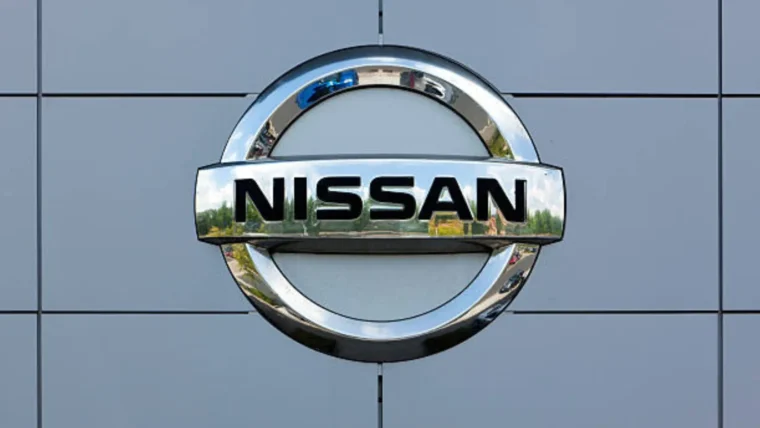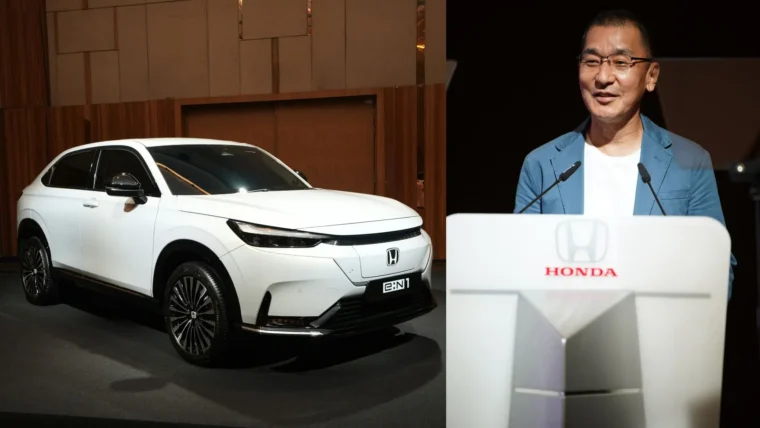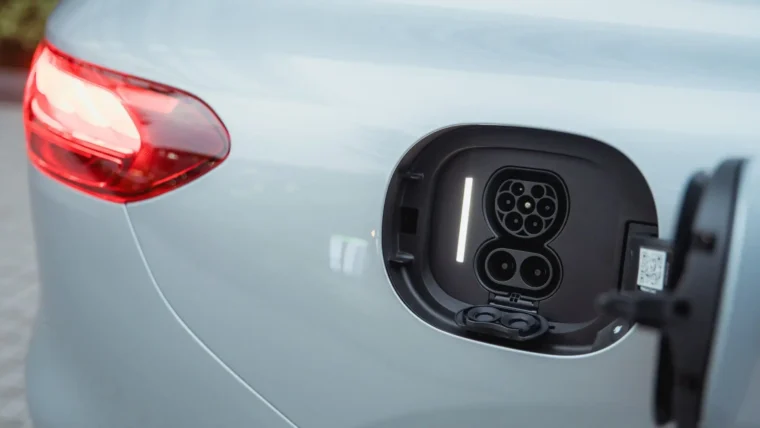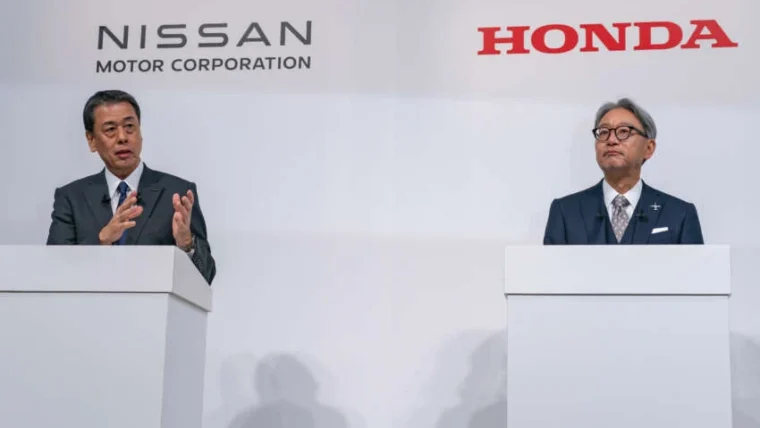Honda held a demonstration of its “Smart Intersection” technology for vehicle-to-everything (V2X) communication designed to reduce traffic collisions at roadway intersections, one of the first such deployments of V2X technology in a real-world setting.
Developed in partnership with the City of Marysville as part of the 33 Smart Mobility Corridor project, the pilot project seeks to address the limitations of on-board vehicle sensors in addressing traffic collisions at roadway intersections. Intersection collisions account for roughly 40 percent of all collisions and 20 percent of the nearly 35,000 traffic-related deaths that occur in the U.S. each year.
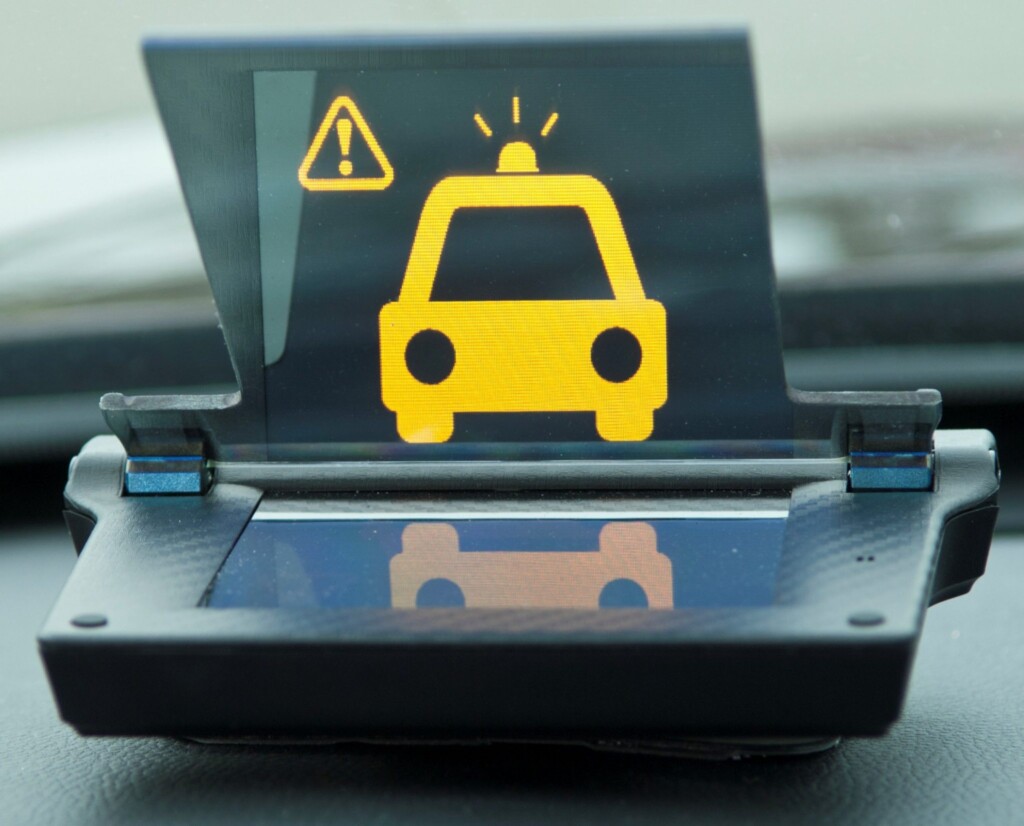
The “Smart Intersection” technology, utilizing Honda’s proprietary object recognition software in conjunction with intersection-mounted cameras and V2X communications, allows cars to virtually see through and around buildings and walls in virtually all weather conditions to help identify and alert drivers to otherwise hidden hazards.
“Honda believes that V2X technology is an essential component of a smarter and safer transportation ecosystem and can play a role in our dream for a zero-collision society,” said Ted Klaus, vice president of strategic research at Honda R&D Americas, Inc. “By partnering with the City of Marysville and the State of Ohio, we believe this research will give us a better understanding of how V2X technologies can be further advanced and most effectively deployed for the benefit of all road users.”
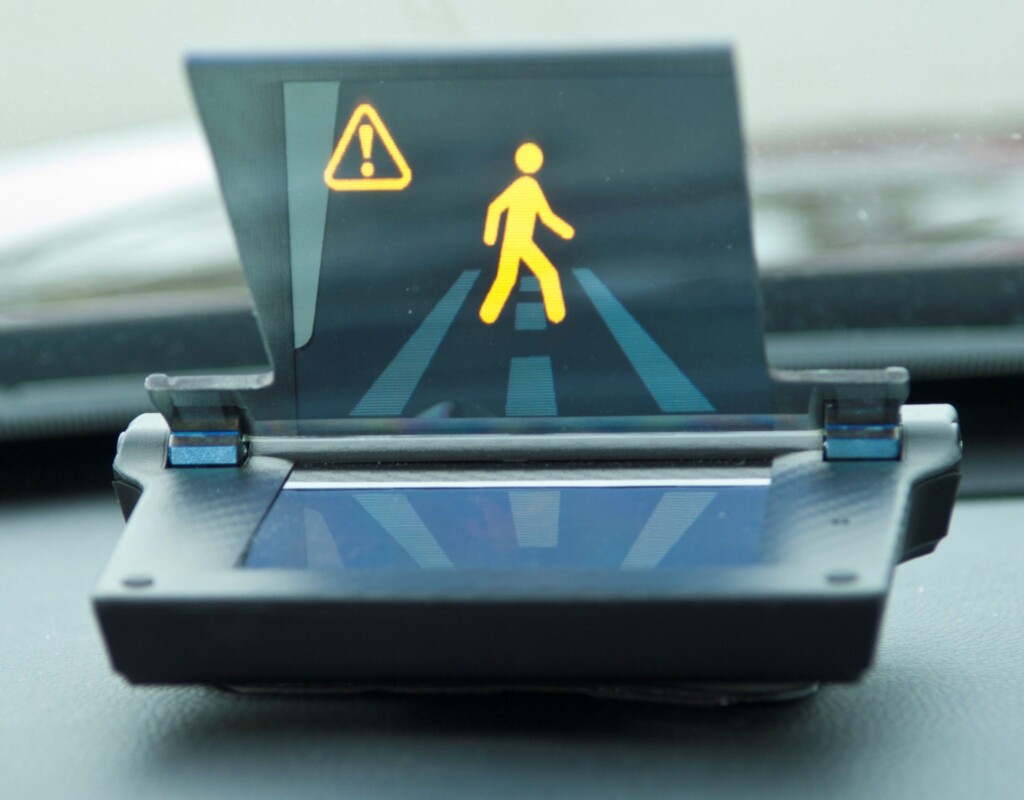
“Research underway in Marysville and along the U.S. 33 Smart Mobility Corridor holds great promise in advancing world-changing transportation technologies and is the 21st century version of Huffman Prairie where the Wright Brothers made their early aviation discoveries,” said Governor John R. Kasich. “With the help of strong public- and private-sector partners, and our unmatched Transportation Research Center, Ohio is aggressively working to maintain its leadership role for developing vehicles and smart technologies of the future.”
How Does a “Smart Intersection” Work?
Four cameras mounted above the traffic lights at each corner of the intersection capture bird’s-eye-view video of surrounding vehicles and pedestrian traffic out to a 300-foot range. Honda’s proprietary image processing software then creates a 360-degree image of the intersection that classifies vehicles and other moving objects, such as pedestrians, motorcycles and emergency vehicles, and broadcasts pertinent information to surrounding vehicles via a dedicated short-range communication (DSRC) signal.
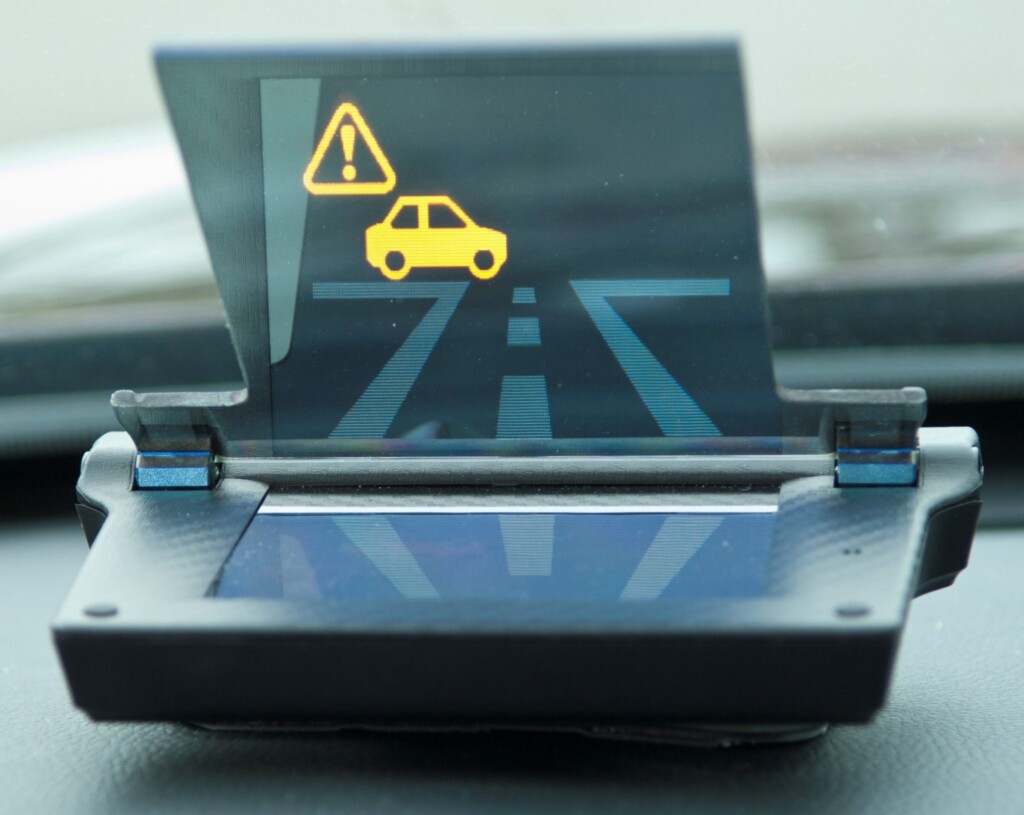
Each connected vehicle’s on-board computer decodes the information and, when necessary, provides both visible and audible alerts to the driver, intelligently supporting them to take corrective action to avoid a potential collision.
Honda has committed to using 200 connected vehicles for evaluation in the 33 Smart Mobility Corridor and Smart Columbus projects.
“The City of Marysville is appreciative of our rich history with Honda of America and we are committed to our partnership with them to support their development and testing of autonomous and connected vehicles,” said Marysville Mayor J.R. Rausch. “We are proud they chose Marysville to deploy this Smart Intersection technology here.”
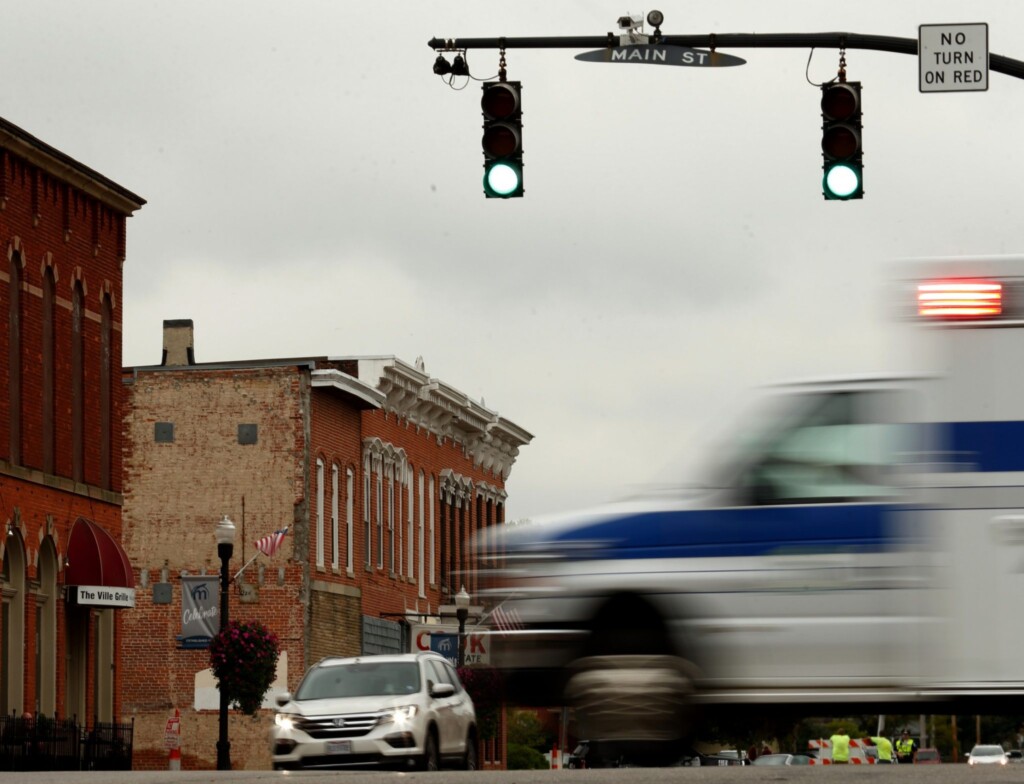
Honda’s Vision for a Zero Collision Society
Honda’s pursuit of a zero-collision society includes advanced technologies such as the Honda Sensing® and AcuraWatchTM suites of advanced driver-assistive safety technologies, which serve as both a perceptual and technological bridge to the highly-automated vehicles of the future. Already, more than 1 million Honda and Acura vehicles on the road today are equipped with these systems. These technologies can significantly reduce the likelihood or severity of a collision and also serve as a bridge to highly automated vehicles of the future. Honda is targeting 2020 for the deployment of vehicles with highly automated highway driving capability and 2025 for the technological achievement of SAE Level 4 automated vehicles for personal use.
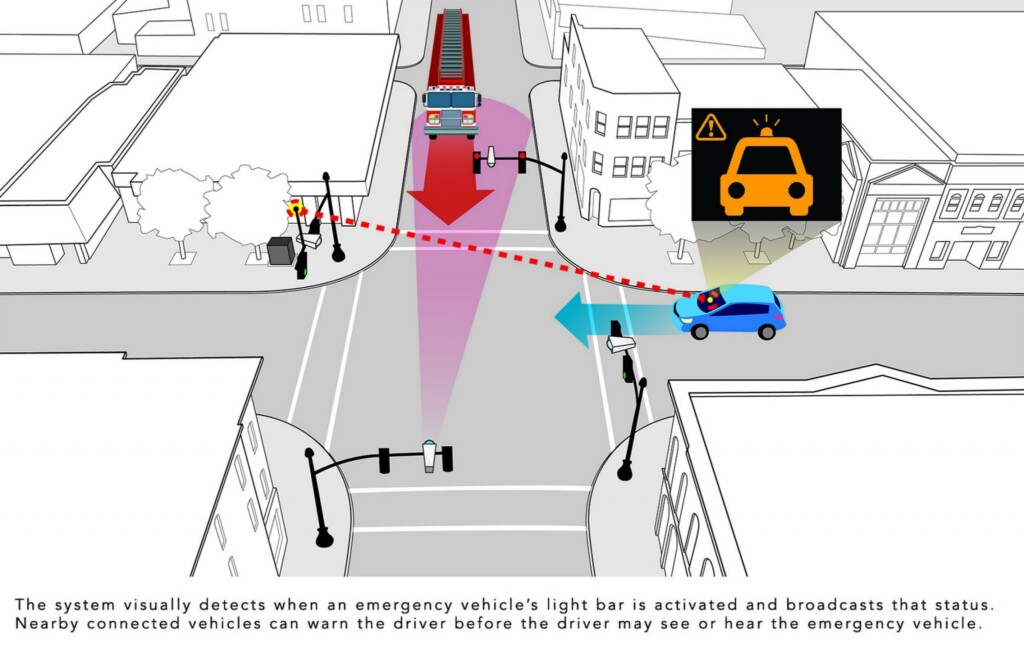
Honda R&D Americas, Inc.
Operating 14 facilities in the United States, Honda R&D Americas, Inc. (HRA) was incorporated in 1984 after beginning operations in California in 1975. HRA is responsible for creating advanced products and technologies that provide new value to Honda and Acura customers. HRA conducts all phases of product development in the U.S., from market and technology research and styling through engineering design to prototype fabrication and testing, local parts procurement and support for mass production preparation.
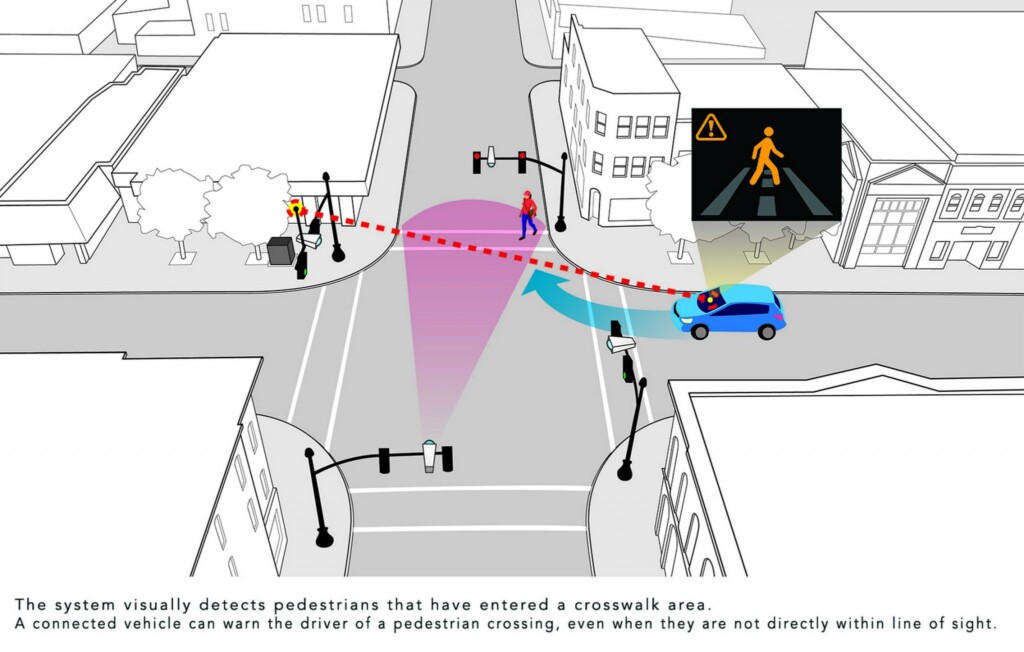 With major facilities in California, Ohio, North Carolina and Florida, HRA is engaged in the development and testing of Honda and Acura automobiles, Honda power sports and power equipment products, and is also playing a lead role in the development of leading-edge safety, driver assistive and environmental technologies. Learn more at http://www.hondaresearch.com/.
With major facilities in California, Ohio, North Carolina and Florida, HRA is engaged in the development and testing of Honda and Acura automobiles, Honda power sports and power equipment products, and is also playing a lead role in the development of leading-edge safety, driver assistive and environmental technologies. Learn more at http://www.hondaresearch.com/.
Other posts by Mark Leo


